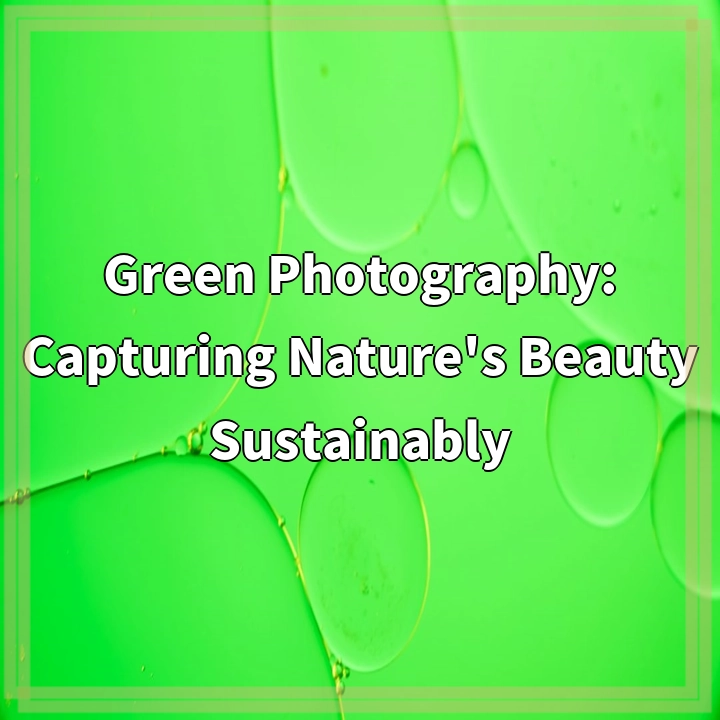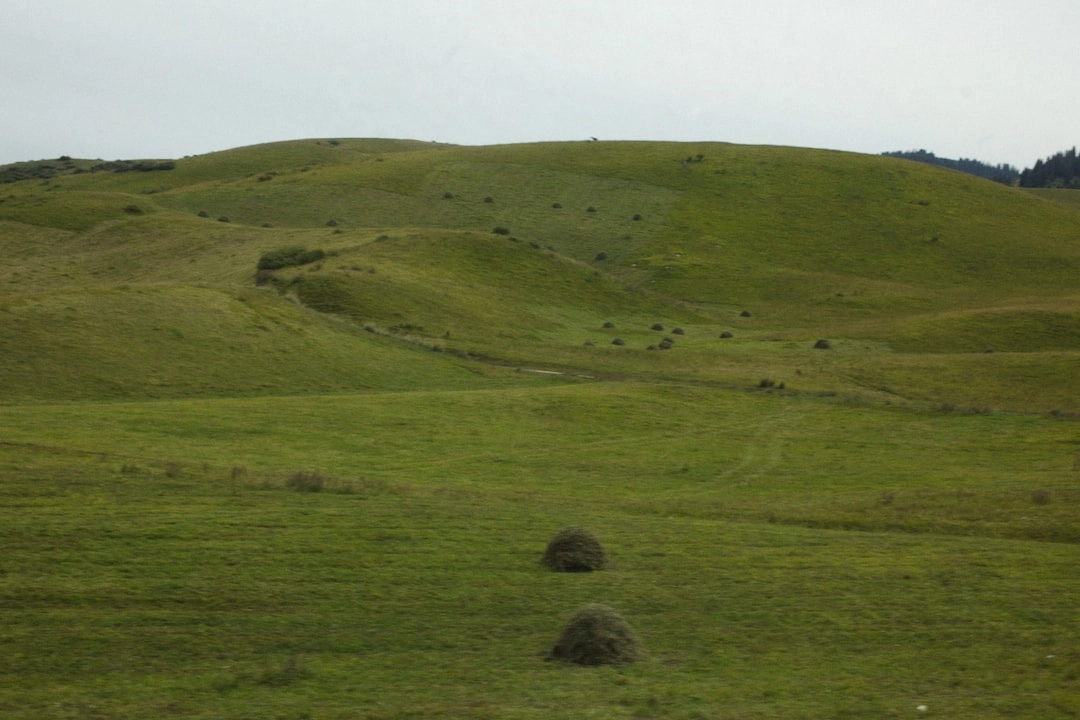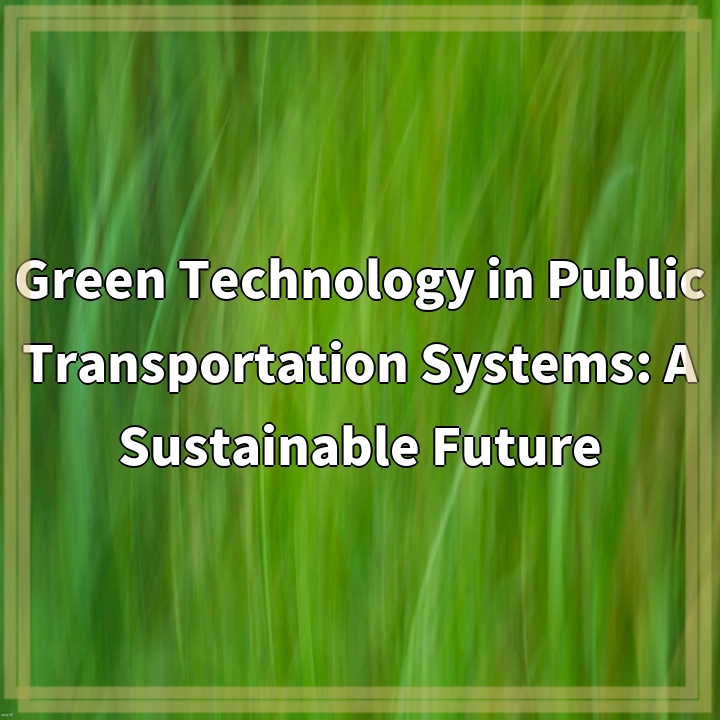
What is Green Photography: Capturing Nature’s Beauty Sustainably?
Green photography is a concept that aims to capture the beauty of nature while minimizing environmental harm. It is a practice that involves using sustainable techniques, equipment, and materials to reduce the carbon footprint and ecological impact associated with traditional photography.
Real-World Problems Associated with Green Photography
1. Waste Generation: Traditional photography often results in the generation of significant waste, including film canisters, single-use batteries, and discarded prints. These items contribute to landfill waste and pollution. Green photography aims to reduce this waste by using digital cameras, rechargeable batteries, and opting for digital storage instead of physical prints.
2. Chemical Contamination: Traditional photography relies on the use of photo processing chemicals, such as developer and fixer solutions, which contain harmful substances like silver, lead, and other heavy metals. Improper disposal of these chemicals can contaminate water sources and harm ecosystems. Green photography promotes the use of environmentally-friendly alternatives, such as digital editing software, that eliminate the need for chemical processing.
3. Habitat Disruption: In pursuit of the perfect shot, photographers have been known to disturb fragile ecosystems and wildlife habitats. This can lead to the destruction of natural habitats, disruption of breeding cycles, and disturbance to migratory patterns. Green photographers are encouraged to prioritize the conservation of natural areas and respect the boundaries set to protect wildlife.
4. Energy Consumption: Photography equipment, particularly studio lighting, consumes a significant amount of energy. Green photography advocates for the use of energy-efficient equipment, LED lighting, and renewable energy sources whenever possible. It also encourages photographers to reduce unnecessary energy consumption by turning off equipment when not in use.
5. Carbon Footprint: Traveling to remote locations for photography purposes often involves long flights or car journeys, contributing to carbon emissions. Green photographers can reduce their carbon footprint by minimizing travel or offsetting the emissions through carbon offset programs. Additionally, exploring local and nearby natural areas can also help lower the environmental impact.

Solutions for Green Photography: Capturing Nature’s Beauty Sustainably
1. Adopt Sustainable Practices: Green photographers can adopt sustainable practices such as using digital cameras and rechargeable batteries, opting for digital storage instead of physical prints, and minimizing waste generation by avoiding disposable photography accessories.
2. Embrace Digital Editing: By utilizing digital editing software, photographers can eliminate the need for chemical processing, reducing chemical contamination and the associated ecological impact.
3. Respect Wildlife and Protect Habitats: Green photographers should prioritize the well-being of wildlife and minimize disturbance to ecosystems by adhering to established guidelines and respecting protected areas.
4. Opt for Energy-Efficient Equipment: Choosing energy-efficient photography equipment, including LED lighting, helps reduce energy consumption and lower the overall carbon footprint.
5. Reduce Travel Emissions: Green photographers can minimize their impact by limiting unnecessary travel and exploring local and nearby natural areas. In cases where travel is necessary, offsetting carbon emissions through carbon offset programs can help mitigate the environmental impact.















